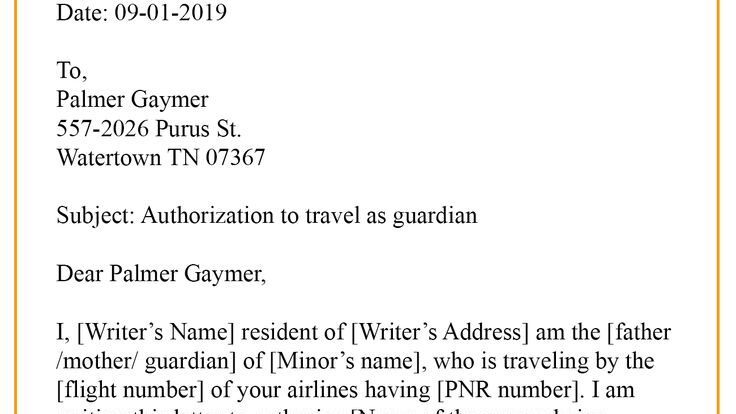
How to Get Vision Therapy Covered by Insurance
Many individuals who could benefit from vision therapy are often deterred by the high costs involved. Fortunately, there are options available to help offset these expenses. One such option is through coverage by insurance plans. In this article, we will explore the steps you can take to increase the chances of getting your vision therapy covered by insurance.
1. Review Your Insurance Policy
The first step is to carefully review your insurance policy to determine whether vision therapy is covered. Look for any mention of vision therapy, eye care, or rehabilitation services. It’s important to understand the terms and conditions regarding coverage.
If you are unsure about the coverage details or the language used in the policy, reach out to your insurance provider for clarification. They will be able to explain whether vision therapy falls under your coverage or not.
2. Obtain a Diagnosis and Recommendation
Vision therapy is typically prescribed for conditions such as strabismus, amblyopia, or binocular vision disorders. To strengthen your case for coverage, it’s important to obtain a proper diagnosis from a qualified optometrist or ophthalmologist.
Once you have a diagnosis, ask your eye care professional to provide a detailed recommendation for vision therapy. This should outline the specific treatment plan, its benefits, and the expected duration.
3. Gather Supporting Documentation
When submitting a request for coverage to your insurance provider, include all relevant supporting documentation. This may include the diagnosis, treatment recommendation, and any other related reports or test results.
You could also include testimonials or case studies that highlight the effectiveness of vision therapy in treating your specific condition. This additional evidence can significantly strengthen your case for coverage.
4. Check for Policy Exceptions and Limitations
While your insurance policy may cover vision therapy, there may still be exceptions or limitations that could affect your coverage. Some policies may have age restrictions, specific provider networks, or require pre-authorization for treatment.
Make sure to review the policy carefully and check for any such exceptions or limitations. If you’re unsure, reach out to your insurance provider for clarification and to confirm that you meet all the necessary requirements.
5. Submit a Detailed Claim
When submitting a claim for vision therapy coverage, it’s important to be thorough and detailed. Include all relevant information and ensure that your claim clearly demonstrates the medical necessity of the treatment.
Some insurance providers may require specific claim forms or additional documentation. Be sure to follow their guidelines carefully and submit everything in a timely manner to avoid any delays or denials.
6. Appeal if Necessary
If your initial claim for coverage is denied, don’t lose hope. Many insurance denials can be successfully appealed. Take the time to understand the reason for the denial and gather any additional information or supporting documentation that could strengthen your case.
Consult with your eye care professional or a medical billing advocate who specializes in insurance appeals. They can guide you through the appeals process and help increase your chances of getting vision therapy covered.
7. Explore Other Funding Options
If insurance coverage for vision therapy is not possible, there are other options to explore. Some states have programs that provide financial assistance for individuals in need of vision therapy.
You can also consider using health savings accounts (HSAs) or flexible spending accounts (FSAs) if you have them. These accounts allow you to set aside pre-tax dollars for eligible medical expenses, including vision therapy.
8. Follow Up and Stay Persistent
When dealing with insurance providers, it’s essential to stay persistent. Follow up on your claim and appeal if necessary. Keep a record of all communication, including names, dates, and any reference or authorization numbers provided.
Remember that the process of getting vision therapy covered by insurance may take time and effort. Stay patient and advocate for yourself or your loved one who could benefit from this treatment.
Conclusion
Vision therapy can be a life-changing treatment for individuals with certain eye conditions, but the cost can be a deterrent. By carefully reviewing your insurance policy, obtaining a diagnosis and recommendation, gathering supporting documentation, and following the necessary procedures, you can increase your chances of getting vision therapy covered by insurance.
Don’t be discouraged if your claim is initially denied. Appeal if necessary, and explore other funding options if insurance coverage is not possible. Stay persistent, and with the right approach, you can obtain the coverage you need for this beneficial treatment.
FAQs
1. Is vision therapy covered by all insurance plans?
No, not all insurance plans cover vision therapy. It’s important to review your specific policy to determine coverage.
2. Can I get vision therapy covered without a diagnosis?
Generally, a proper diagnosis is required to make a claim for vision therapy coverage. Consult with a qualified eye care professional to obtain a diagnosis.
3. How long does the process of getting vision therapy covered take?
The process can vary depending on your insurance provider and the complexity of your case. It’s important to stay persistent and follow up regularly to ensure timely processing of your claim.

Source Image: youtube.com

Source Image: pinterest.com
38 Eye exercises for Vision Therapy ideas | eye exercises, vision therapy, therapy Oct 17, 2023To increase the chances of getting vision therapy covered by insurance, it is crucial to communicate effectively with your insurance provider. Here are some steps you can take: Inquire about pre-authorization: Ask your insurance company if therapy visits must be pre-authorized in order to be covered. Understanding and complying with the







